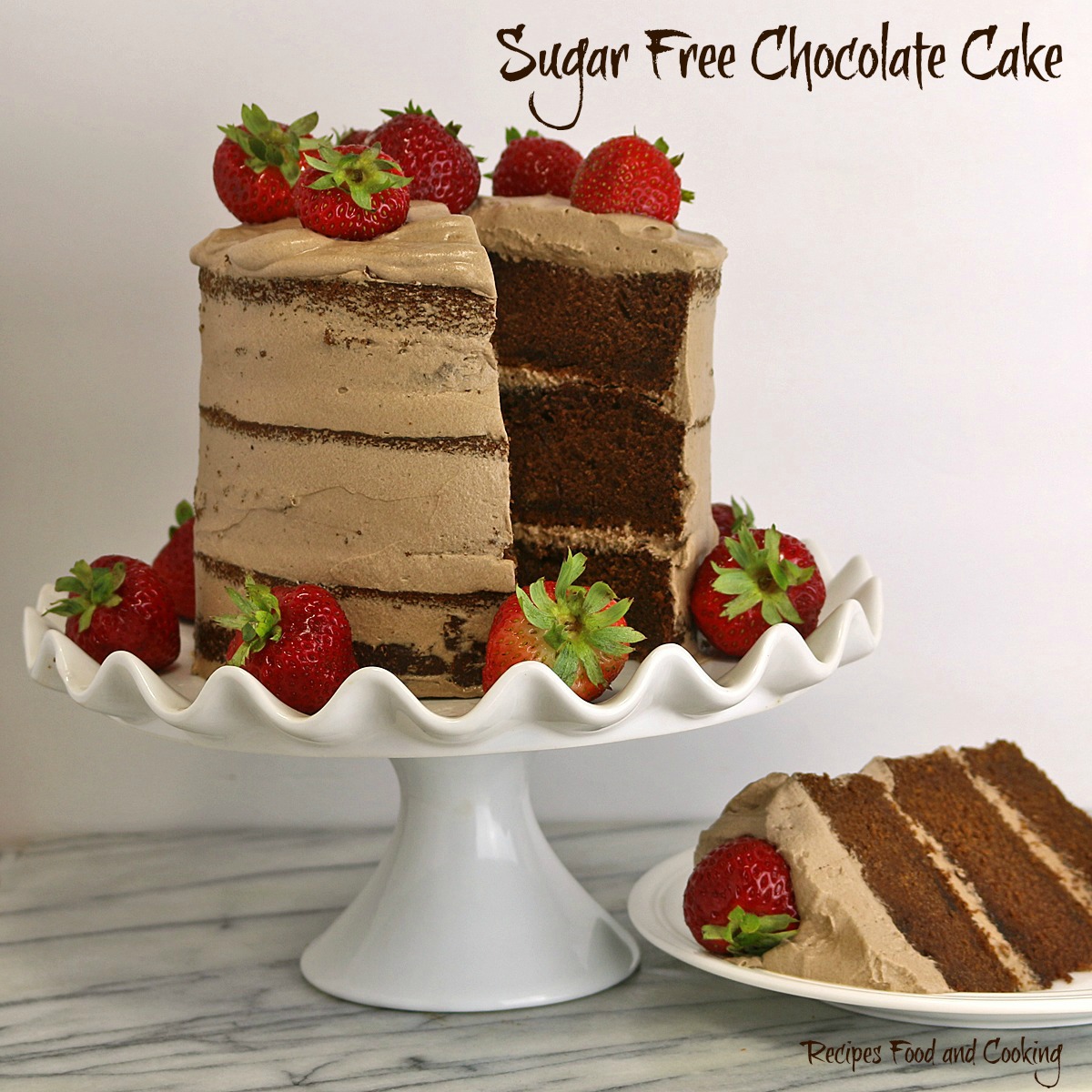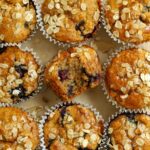Imagine a world where delicious, decadent cakes and frostings are accessible to everyone, regardless of dietary restrictions. This is the promise of soy-free baking, a culinary adventure that opens up a universe of flavor and creativity. From elegant wedding cakes to whimsical children’s party creations, this guide unveils the secrets to crafting stunning soy-free masterpieces that will leave your guests speechless. Prepare to be amazed by the versatility of soy-free ingredients and the endless possibilities they unlock.
We’ll explore a delightful array of soy-free cake recipes perfect for any occasion, offering gluten-free and vegan options to cater to diverse needs. Learn the art of crafting three distinct soy-free frostings – buttercream, cream cheese, and chocolate – each with its unique texture and flavor profile. Master essential piping techniques to transform your cakes into edible works of art. We’ll tackle common soy-free baking challenges head-on, providing solutions to ensure your baking triumphs every time. Finally, discover innovative decorating themes and step-by-step instructions to elevate your cakes from delicious to dazzling.
Soy-Free Frosting Recipes and Techniques

Creating delectable and visually stunning soy-free cakes requires equally impressive frostings. This section details three distinct soy-free frosting recipes, explores their textural and flavor profiles, and demonstrates three basic piping techniques to elevate your cake decorating skills. Each frosting offers a unique aesthetic and taste, allowing for versatile application across a range of cake types and design preferences.
Buttercream Frosting Recipe
This classic buttercream frosting provides a smooth, creamy texture and a subtly sweet flavor, making it a versatile choice for many cakes and decorating styles. Its rich consistency holds its shape well, ideal for intricate piping.
- Ingredients: 1 cup (2 sticks) unsalted butter, softened; 3-4 cups powdered sugar; 1/4 cup milk (or soy-free milk alternative); 1 teaspoon vanilla extract; Pinch of salt.
- Steps: Beat the softened butter until light and fluffy. Gradually add the powdered sugar, alternating with the milk, beating until smooth and creamy. Stir in the vanilla extract and salt. Adjust consistency with additional powdered sugar or milk as needed.
Cream Cheese Frosting Recipe
Cream cheese frosting offers a tangy sweetness and a dense, rich texture. Its slightly less firm consistency makes it ideal for spreading evenly on cakes, though it can still be used for simpler piping designs. The tanginess complements fruit cakes and lighter-flavored sponges beautifully.
- Ingredients: 8 ounces cream cheese, softened; 1/2 cup (1 stick) unsalted butter, softened; 3 cups powdered sugar; 1 teaspoon vanilla extract; Pinch of salt.
- Steps: Beat the softened cream cheese and butter together until smooth and creamy. Gradually add the powdered sugar, beating until light and fluffy. Stir in the vanilla extract and salt.
Chocolate Frosting Recipe
This rich and decadent chocolate frosting boasts an intensely chocolatey flavor and a smooth, glossy finish. Its firm yet pliable consistency is perfect for both spreading and piping, lending itself to both simple and elaborate designs. The intense flavor pairs well with chocolate cakes, but also provides a delicious contrast to lighter-flavored cakes.
- Ingredients: 1 cup (2 sticks) unsalted butter, softened; 3 cups powdered sugar; 1/2 cup unsweetened cocoa powder; 1/2 cup milk (or soy-free milk alternative); 1 teaspoon vanilla extract; Pinch of salt.
- Steps: Beat the softened butter until light and fluffy. Whisk together the powdered sugar and cocoa powder to remove lumps. Gradually add the dry ingredients to the butter, alternating with the milk, beating until smooth and creamy. Stir in the vanilla extract and salt.
Frosting Texture and Flavor Comparison
The three frostings offer distinct textural and flavor experiences. Buttercream is light and fluffy, with a delicate sweetness. Cream cheese frosting is dense and tangy, providing a rich contrast. Chocolate frosting is intensely chocolatey and smooth, offering a decadent indulgence. Buttercream is best suited for intricate piping and layered cakes, while cream cheese frosting works well for spreading and simpler decorations. Chocolate frosting is versatile, excelling in both spreading and piping applications.
Piping Techniques
Mastering basic piping techniques elevates cake decorating from simple to stunning. These three techniques provide a foundation for more complex designs.
- Rosettes: Hold the piping bag perpendicular to the cake, applying gentle, even pressure. Rotate the bag slowly, creating a beautiful flower-like shape. The finished rosette features a series of concentric circles, creating a full, three-dimensional bloom. The buttercream’s firmness allows for precise control, resulting in sharply defined petals.
- Swirls: Hold the piping bag at a slight angle to the cake. Apply pressure and move the bag in a circular motion, creating a smooth, swirling pattern. The swirls can be tight and compact or loose and flowing, depending on the pressure and speed of the movement. All three frostings can achieve this effect, though the cream cheese frosting might require a slightly slower, more deliberate movement.
- Borders: Hold the piping bag parallel to the cake’s edge. Apply consistent pressure, moving the bag along the edge to create a neat, defined border. This technique creates a clean, crisp line, perfect for defining layers or adding a decorative edge. Buttercream is particularly well-suited for creating sharp, detailed borders.
Troubleshooting Common Soy-Free Baking Challenges
Soy-free baking can present unique hurdles, often resulting in cakes and frostings that don’t quite meet expectations. Understanding these challenges and implementing appropriate solutions is key to achieving consistently delicious results. This section will explore common problems and provide practical solutions to help you navigate the world of soy-free baking with confidence.
Successfully navigating soy-free baking requires careful attention to ingredient selection and baking techniques. The absence of soy, a common binder and emulsifier, necessitates thoughtful substitutions to achieve the desired texture, moisture, and rise in your cakes.
Common Soy-Free Baking Problems and Solutions
Several issues frequently arise when baking without soy. Addressing these problems proactively can significantly improve the quality of your final product. The following list Artikels three common challenges and their corresponding solutions.
- Dry Texture: Soy-free cakes can sometimes turn out dry due to the lack of soy’s natural binding and moisturizing properties. To combat this, incorporate additional moisture through ingredients like applesauce, mashed banana, or yogurt. These additions not only increase moisture but also contribute to a richer flavor profile. Additionally, ensure you don’t overbake the cake. Start checking for doneness a few minutes earlier than a traditional recipe might suggest.
- Lack of Rise: The absence of soy lecithin, a natural emulsifier, can sometimes hinder the leavening process, resulting in a cake that doesn’t rise adequately. To promote better rise, use a combination of baking powder and baking soda. Make sure your baking powder is fresh; old baking powder loses its effectiveness. Also, consider adding a small amount of flaxseed meal or chia seeds, which possess binding properties that can help the cake structure hold its shape during baking. These tiny seeds absorb moisture and create a gel-like consistency that aids in rising.
- Crumbly Frosting: Soy-free frostings can sometimes be crumbly, lacking the creamy consistency desired. This is often due to a lack of sufficient fat or emulsifier. To remedy this, increase the amount of butter or shortening in your frosting recipe. Alternatively, incorporating a small amount of a neutral-flavored oil, such as avocado oil or refined coconut oil, can add needed richness and prevent crumbliness. Ensure that your butter is softened to room temperature for optimal blending.
Ingredient Selection in Soy-Free Baking
The choice of ingredients is paramount in soy-free baking. Specific alternatives must be carefully considered to replace the functional roles of soy lecithin and soy flour.
Soy lecithin acts as an emulsifier, helping to bind ingredients together and create a smooth texture. Suitable replacements include sunflower lecithin, which offers similar emulsification properties without the soy. Other options include using a combination of additional fats and starches, such as a small amount of oil and cornstarch. The impact on the final product can be a slightly different mouthfeel, but the cake should still maintain its structure and moistness. Soy flour, meanwhile, adds structure and protein. In its absence, one can substitute with a blend of other flours, such as almond flour, rice flour, or oat flour, depending on the desired texture and flavor profile. Each flour contributes unique characteristics; almond flour offers a slightly nutty flavor and a tender crumb, while rice flour provides a lighter, more delicate texture.
Impact of Baking Pans and Oven Temperatures
The type of baking pan and oven temperature play a crucial role in the success of soy-free cakes. Careful selection and monitoring are essential for achieving optimal results.
Darker-colored pans absorb more heat, potentially leading to over-baking and dry cakes. Lighter-colored pans, such as glass or aluminum, offer more even heat distribution, reducing the risk of uneven baking. Using a dark pan might necessitate lowering the oven temperature by 25°F (14°C) to prevent burning. Similarly, oven temperature inconsistencies can drastically affect the outcome. An oven that runs too hot can result in a dry, cracked cake, while an oven that runs too cool can lead to a dense, underbaked cake. Using an oven thermometer ensures accurate temperature control, which is critical for consistent baking results. Preheating the oven thoroughly before placing the cake batter is also crucial to ensure even baking from the start. A properly preheated oven ensures that the cake starts baking evenly, preventing a collapse or uneven rising.
Adapting Existing Cake Recipes to Be Soy-Free
Transforming your favorite cake recipes into delectable soy-free versions is surprisingly straightforward. Many traditional recipes already contain ingredients that don’t rely on soy, requiring only minor adjustments to achieve a soy-free result. By understanding the role soy plays in baking and identifying suitable replacements, you can create light, fluffy, and incredibly flavorful soy-free cakes for any occasion. This process involves careful ingredient substitution, mindful attention to texture, and a bit of experimentation to achieve the perfect balance of taste and consistency.
Soy-Free Ingredient Substitutions
This section details the common soy-based ingredients found in baking and their effective soy-free alternatives. Understanding these substitutions is crucial for successfully adapting existing cake recipes. The impact on texture and taste can vary depending on the specific recipe and the chosen substitute, so careful consideration is advised.
| Ingredient | Soy-Free Alternative | Notes on Potential Impact on Texture and Taste |
|---|---|---|
| Soy Lecithin | Sunflower Lecithin or Polysorbate 80 | Minimal impact on texture and taste. Sunflower lecithin offers a slightly nutty flavor. Polysorbate 80 is flavorless. |
| Soy Flour | Rice Flour, Almond Flour, or Oat Flour (certified gluten-free if needed) | Rice flour can produce a slightly less dense cake, while almond flour adds a subtle nutty flavor and might result in a slightly drier cake. Oat flour can create a more moist and slightly chewier texture. |
| Soy Milk | Almond Milk, Oat Milk, Coconut Milk, or Dairy Milk | Each milk alternative imparts a unique flavor profile. Almond milk is slightly nutty, oat milk is creamy, coconut milk adds a tropical twist, and dairy milk provides a classic richness. Adjust liquid amounts as needed, as different milks have varying moisture content. |
| Soy Sauce (in glazes or batters) | Tamari (gluten-free if needed), Coconut Aminos, or Apple Cider Vinegar | Tamari provides a similar salty umami flavor to soy sauce. Coconut aminos offer a slightly sweeter and less salty taste. Apple cider vinegar adds a tangy note that can enhance other flavors. |
| Soy-Based Shortening | Vegetable Shortening (check label for soy-free), Coconut Oil, or Butter | Vegetable shortening provides a neutral flavor and light texture. Coconut oil adds a distinct coconut flavor and can result in a slightly denser cake. Butter provides richness and flavor. |
Step-by-Step Guide to Converting a Traditional Cake Recipe
A systematic approach is essential when adapting a traditional cake recipe to be soy-free. This step-by-step guide provides a clear framework for successful conversion.
- Identify Soy-Based Ingredients: Carefully review the original recipe and pinpoint any ingredients containing soy, such as soy lecithin, soy flour, soy milk, or soy-based shortening.
- Select Soy-Free Alternatives: Refer to the table above or other reliable resources to choose appropriate substitutes for each soy-based ingredient. Consider the potential impact on texture and taste when making your selections.
- Adjust Liquid Amounts: Different soy-free milk alternatives have varying moisture content. You may need to adjust the amount of liquid in the recipe to achieve the desired consistency. Start by using slightly less liquid than the original recipe calls for, and add more as needed.
- Test the Batter: Before baking, check the consistency of the batter. It should be smooth and pourable, not too thick or too thin. Adjust the liquid as necessary.
- Bake and Evaluate: Bake the cake according to the original recipe’s instructions, or adjust baking time as needed based on the chosen substitutes. Once cooled, taste-test the cake and make notes for future improvements.
Resources for Soy-Free Baking
Numerous resources are available to assist in your soy-free baking endeavors. These resources provide access to reliable soy-free recipes and high-quality ingredients.
- Specialty Grocery Stores: Many health food stores and specialty grocery stores carry a wide selection of soy-free baking ingredients.
- Online Retailers: Online retailers offer a vast array of soy-free products, often with detailed ingredient information and customer reviews.
- Soy-Free Baking Blogs and Websites: Numerous blogs and websites are dedicated to soy-free baking, offering recipes, tips, and troubleshooting advice.
- Cookbooks: Several cookbooks specialize in soy-free baking, providing a collection of tested and reliable recipes.
Creating stunning soy-free cakes and frostings is not just about avoiding soy; it’s about embracing a world of flavor and creativity. Through careful ingredient selection, innovative techniques, and a dash of artistic flair, you can craft delectable treats that are both beautiful and inclusive. Whether you’re a seasoned baker or a curious novice, this guide empowers you to confidently navigate the world of soy-free baking, transforming any celebration into a truly memorable event. So, gather your ingredients, unleash your inner artist, and get ready to bake some magic!
Popular Questions
Can I freeze soy-free cakes and frostings?
Yes, both soy-free cakes and frostings freeze well. Wrap them tightly in plastic wrap and then foil, and freeze for up to 3 months.
What are the best substitutes for soy lecithin in baking?
Good alternatives include sunflower lecithin, or, depending on the recipe, you may be able to omit it altogether.
How can I tell if my soy-free cake is done baking?
Insert a toothpick into the center; if it comes out clean, the cake is done. You can also gently press the top of the cake; it should spring back.
How long can I store soy-free frosted cakes?
Properly stored, soy-free frosted cakes can last 3-5 days at room temperature or up to a week refrigerated.


